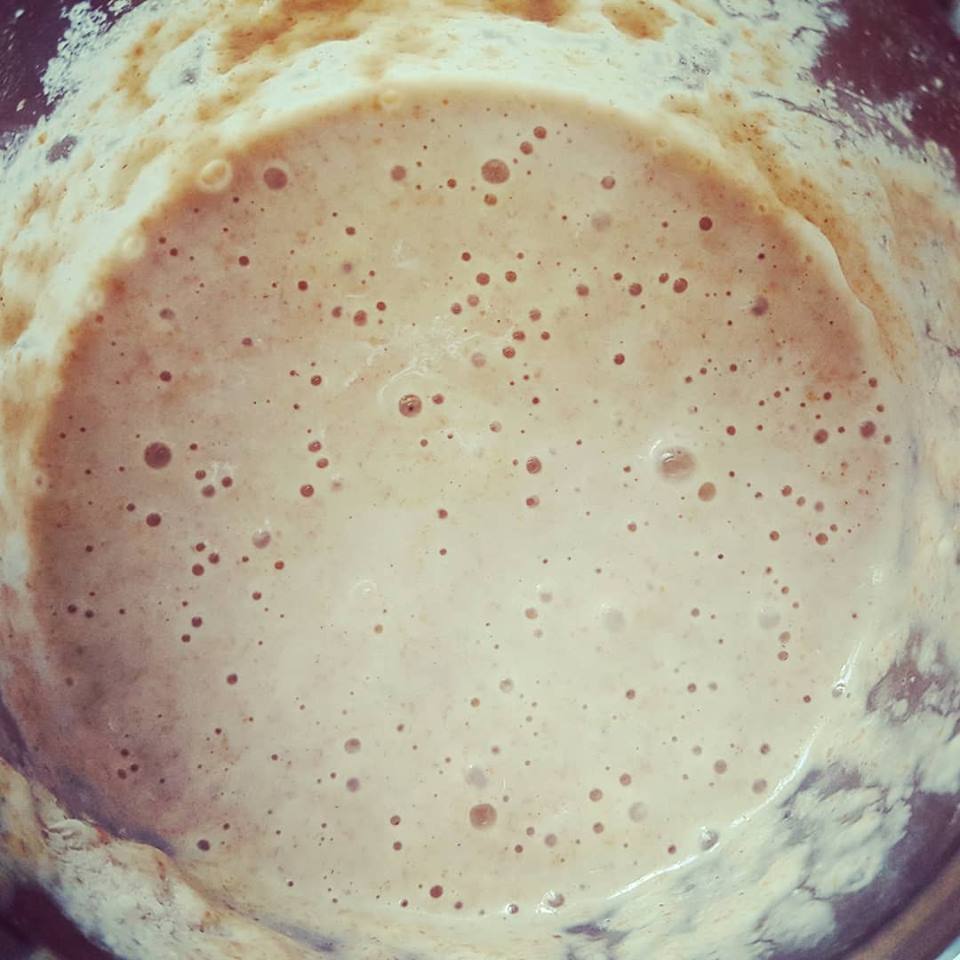Celestial Roots
replenishing body and soul
Spelt sourdough

It all starts with the starter. Pitching a sourdough starter is incredibly easy if we use the right ingredients. By far the easiest flour to use is organic rye flour, the fresher the better. The only other ingredient is clean water (no chlorine or chloramine), the cleaner the better. Pitching your own starter will incorporate wild yeasts and bacteria from your environment, so it is by nature more energetically attuned to you, as you are also affected as you move through your home and world.
30 g organic rye flour
50 ml water
In a reasonably large jar (I used a 680 g jar), add the flour and water and stir well. This will be the most liquid your starter will be, we will add more flour but less liquid as we go. Place a cloth or loose lid on the jar and leave in a warm place out of sunlight. If you like, give it a stir to incorporate wild yeasts and bacteria from the ambient environment, but most of these will come from the flour itself.
Here we will differ from the usual starter recipes by being much less anal about amounts, and just eyeballing our additions. In fact, the amounts above are just a ballpark to let you know what to start with. Add the same or a little less flour at each feeding, and only enough water to turn our initial liquid starter into a smooth but sloppy paste. If you check your starter after 12 hours and see bubbles in it, and it smells a little sweet and alcoholic, then feed it some more flour (but water only if needed). If there are no bubbles, just stir and check it after another 12 hours. Ideally, if the weather is warm, you will want to feed it twice, possibly 3 times a day. Don't worry about throwing half the starter away at each step, we will build up a couple of hundred grams over a few days, use some, then keep feeding the starter for continuous baking.